Grape Farming in Avon and Avon Lake
Introduction
Text-to-speech Audio
As French Creek flows into Avon and Avon Lake (prior to 1915 the two cities were part of the same township), early settlers here specialized in grape farming. While the Prohibition Era deterred many farmers away from growing grapes for the sudden lack of market, farmer co-ops helped to revive the grape farming industry and sustain it into the twenty-first century.
Images
Image of grapes being transported from Avon Lake to a market in Lorain, 1902.
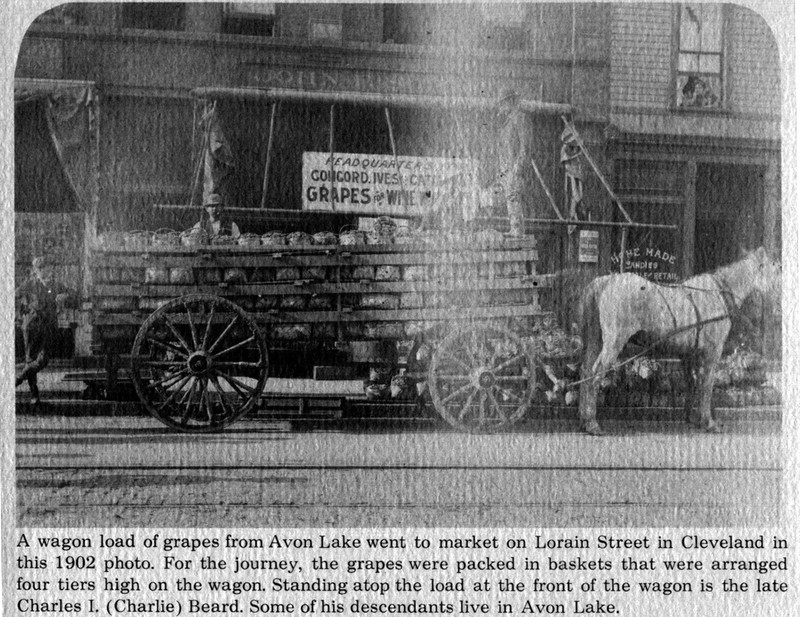
Cletrac Crawler tractor that was shared between grape farms in Avon and Avon Lake.
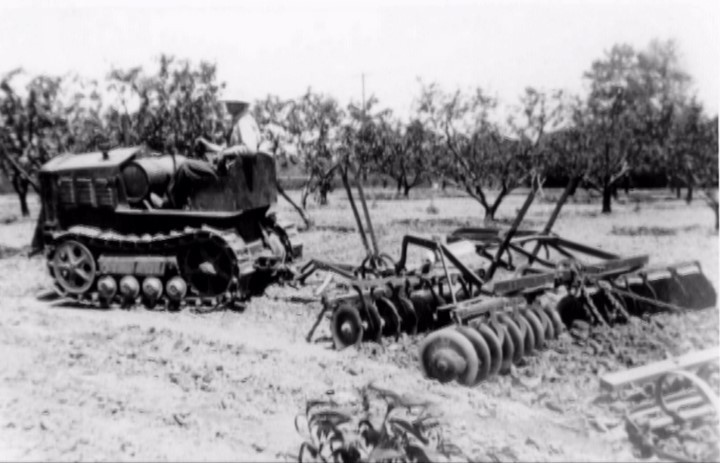
Picture of vineyards taken from Webber Road looking South, 1946.
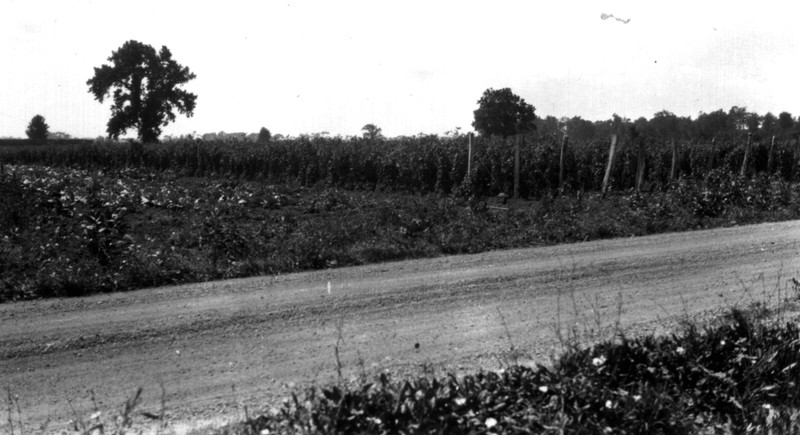
Excerpt from a Lorain Journal article about grape picking along Detroit Road, 1955.
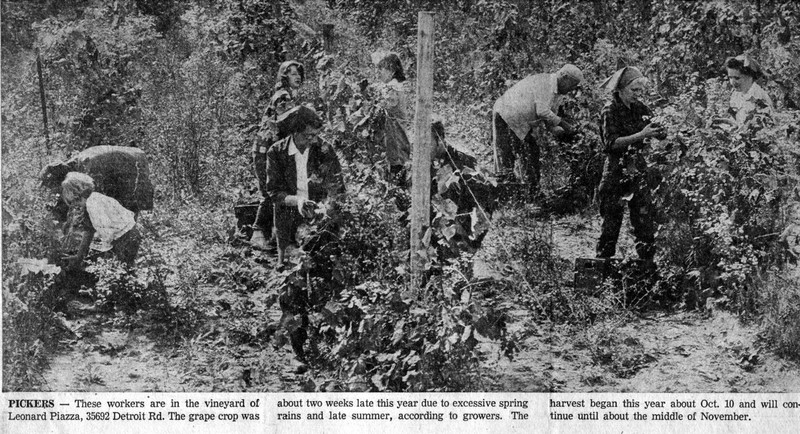
Allan Klingshirn hand picking grapes for Welch’s, 1963.
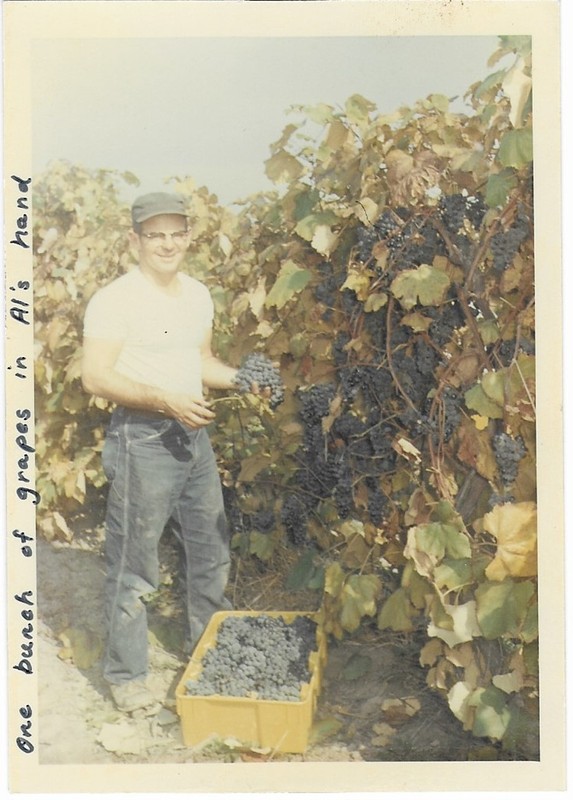
Grapes being loaded onto semi-trucks for the journey to the Welch’s plant in northeast Pennsylvania, 1963.
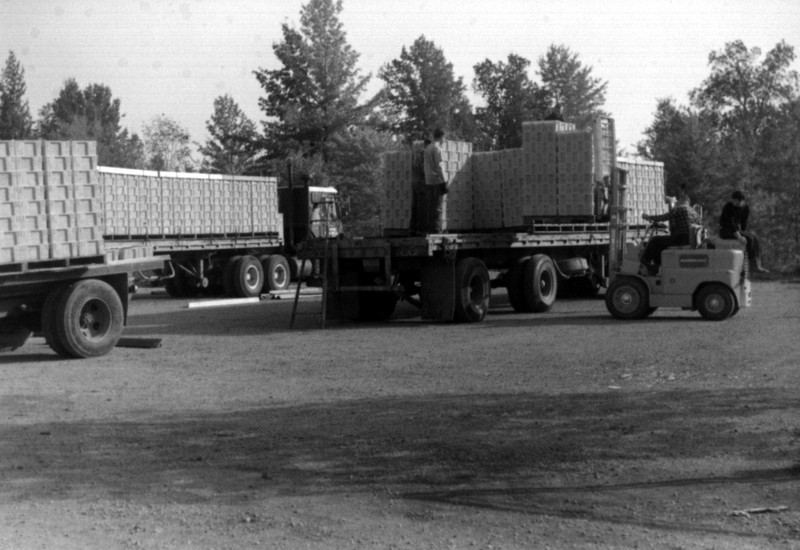
Grape harvester that grape farmers in Avon and Avon Lake share among themselves, 2014.
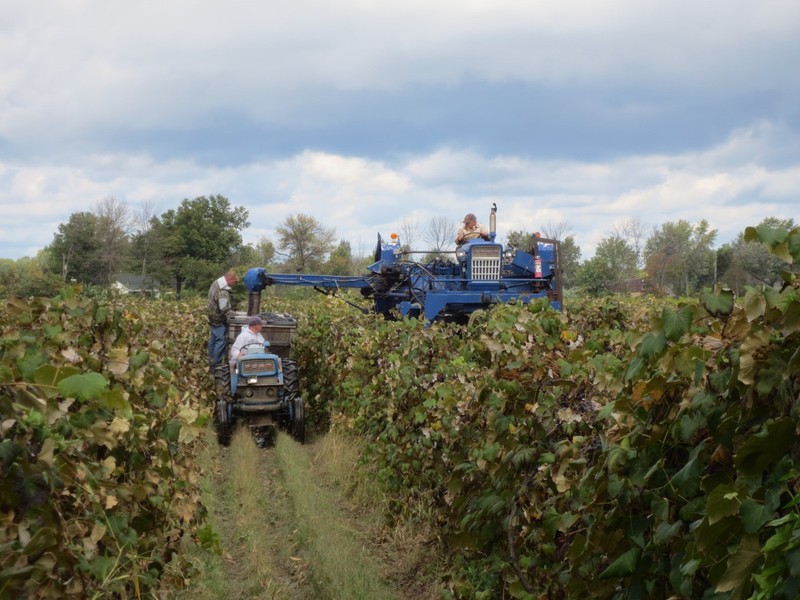
Backstory and Context
Text-to-speech Audio
Since the area between French Creek and Lake Erie shares the same temperate climate as many German and French vineyards, German and English settlers found grapes naturally growing in Avon and Avon Lake. Like at the Wilbur Cahoon House, most settlers practiced general or mixed farming – where grapes and other crops were grown together.
It was not until the 1880s that Avon and Avon Lake began specializing in grape farming. At the time it was discovered that the lake soil (which is more sandy than other parts of Lorain County) supported a superior type of grape for wine production and prompted land prices to rise from $15 per acre to $300. In addition, Avon settler Norton Townshend developed ways to drain the area’s swamp fields and utilize them from agricultural production. By 1887 Lorain County’s second highest agricultural product was grapes.
Before Prohibition, Avon and Avon Lake’s grape farming industry was booming. In the 1891 Directory of Grape Growers, Wine Makers, and Distillers, 21 vineyards were listed in Avon Lake alone. The region’s grapes were turned into wine products, which were exported as far as the East Coast. During Prohibition (1920-1933), which forbade the public sale of alcohol, grape famers suddenly found themselves without a market. To make up for lost product, most farmers reintroduced mixed farming, produced wine for their own consumption, or sold grape juice for others to make their own wine. Despite these attempts to stay open, most vineyards closed and only about 6 remained by 1933.
Once Prohibition was repealed, however, Avon and Avon Lake saw a resurgence in grape farming. New family vineyards opened – including the Klingshirn and John Christ wineries – and local farmers pooled resources together to help their neighbors. The first tractors were shared between family farms, like a Cleveland built Cletrac crawler first manufactured in 1916, which enabled greater productivity for the whole area. By 1940, grape farming was in full force once more as Lorain County ranked second in the state for grape production. Later, the Avon Fruit Grower’s Association began growing and selling concord grapes for Welch’s, who in return provided resources and tools for farmers. Those who grew up in Avon and Avon Lake circa 1940-1970 recall the many grape fields that dominated the landscape and their overwhelming fragrance.
While wineries across Ohio all but disappeared in the 1970s (only two remained in Avon and Avon Lake), Lorain County emerged as a leader in revitalizing the grape farming industry. Allan Klingshirn of Klingshirn Winery was an integral member in forming the Ohio Wine Producers Association, which encouraged families to promote their vineyards and increase public engagement. Much like the grape farmer co-ops from the post-Prohibition period, families pooled resources and purchased a grape harvester that each farm had a turn using before passing it on to the next. Lee Klingshirn, son of Allan Klingshirn, has also served as a committee member for Ohio Grape Industry Committee and shares educational resources with those interested in starting their own winery. With the help of the Klingshirn’s support and guidance, as well as a dozen other visionaries from across the state, Ohio’s wineries have grown from 27 to about 300.
In recent years Avon and Avon Lake’s grape fields have drastically decreased in size due to urban development. Vineyards that have closed include Schober Vineyards on Chester Road, Horwedel Grape Farm on Detriot Road, and the Bommer Farm on Route 611. The Alten and Billinghurst families also had vineyards on Krebs Road and near Route 611. Driving though Avon and Avon Lake, old or abandoned grape fields are recognizable from the grape posts still standing in the ground. In 2022, active vineyards include Klingshirn Winery on Webber Road, Taddeo Vineyard near the west end of Chester Road run by Klingshirns, and the Moran Vineyard on Lear Road near Mills Road.
Sources
Directory of the Grape Growers, Wine Makers, and Distillers of California, and of the Principal Grape Growers and Wine Makers of the Eastern State. Sacramento: Board of State Viticultural Commissioners of California, 1891.
Howe, George M., “Geographic Interpretation of Land Use in Lorain County, Ohio.” Honors Paper, Oberlin College and Conservatory, 1948.
Klingshirn, Lee (Owner, Klingshirn Winery). Interview by Erin Robichaud. March 8, 2022.
Ohio History Connection. “Home/Lorain County/6-47 Norton S Townshend, M.D. (1815- 1895) [5].” Remarkable Ohio. Ohio History Connection, 2022. https://remarkableohio.org/index.php?/category/914
Smith, Matt (Member, Avon Historical Society). Interview by Erin Robichaud. January 6, 2022.
White, Ralph (President, Avon Historical Society). Interview by Erin Robichaud. March 14, 2022.
Image 1 courtesy of Klingshirn Winery, Avon Lake, OH
Image 2 courtesy of Klingshirn Winery, Avon Lake, OH
Image 3 courtesy of Klingshirn Winery, Avon Lake, OH
Image 4 courtesy of Klingshirn Winery, Avon Lake, OH
Image 5 courtesy of Klingshirn Winery, Avon Lake, OH
Image 6 courtesy of Klingshirn Winery, Avon Lake, OH
Image 7 courtesy of Klingshirn Winery, Avon Lake, OH
